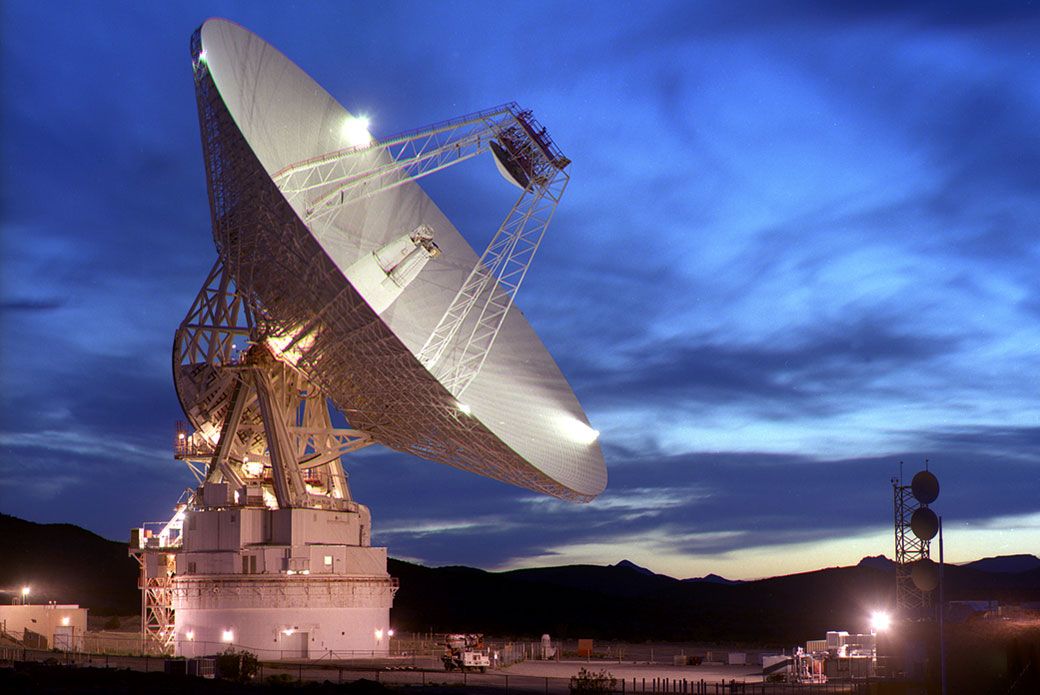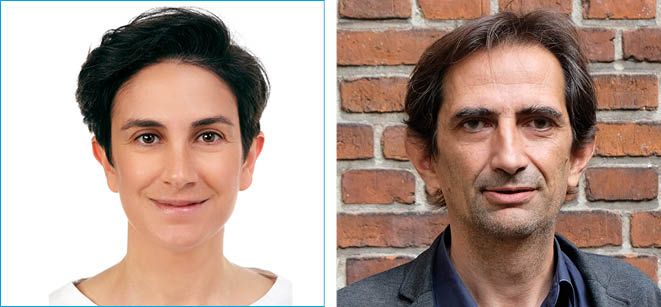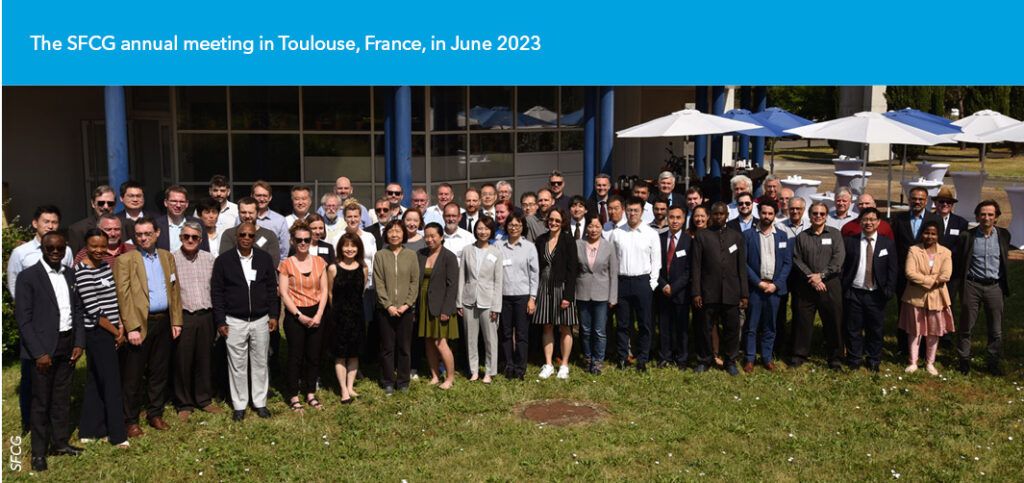
Space Frequency Coordination Group: Objectives for WRC‑23


Maite Arza, Head, Frequency Management Office, and Bruno Espinosa, Frequency Management Officer, European Space Agency (ESA) — Executive Secretariat for the Space Frequency Coordination Group (SFCG)
For some decades, the member space agencies of the Space Frequency Coordination Group (SFCG), have been developing common objectives for each World Radiocommunication Conference, recognizing the crucial importance of this quadrennial global sector meeting organized by the International Telecommunication Union (ITU).
The group promotes spectrum efficiency and the sharing of frequency bands between more than one radio service based on mutually agreed sharing and protection criteria, established in line with the results of ITU Radiocommunication Sector (ITU–R) studies.
As the next of these conferences approaches, the SFCG has outlined objectives for WRC‑23 in reference to specific agenda items and topics of interest.
Opportunities for Earth observation and science services
Under WRC‑23 agenda item 1.12, the SFCG supports a new secondary allocation to the Earth exploration-satellite service (EESS) (active) in the 40–50‑megahertz (MHz) radio-frequency band, with associated provisions to balance the protection of existing services with opportunities for spaceborne radar sounder operations in this range. Sounder measurements in the 40–50 MHz range would provide an unprecedented view into the planet’s subsurface, as well as a better understanding of ice sheets in polar regions and aquifers in arid regions.
If required, the SFCG might act as a focal organization in relation to any follow-up consultation and action, such as in developing guidelines for the implementation of WRC‑23 decisions.
Another opportunity for Earth observation will be discussed at WRC‑23 under agenda item 1.14, addressing EESS (passive) requirements in the 231.5–252 gigahertz (GHz) frequency range. Based on the outcome of ITU–R studies and the operational requirements for EESS (passive), the SFCG supports a new primary allocation to EESS (passive) in the frequency bands 239.2–242.2 GHz and 244.2–247.2 GHz. This would help accommodate ice cloud measurements, together with a rearrangement of allocations for fixed and mobile services.
The SFCG also welcomes the development of technical and regulatory provisions for satellite-to-satellite operations in the frequency bands 18.1–18.6 GHz, 18.8–20.2 GHz and 27.5–30 GHz (agenda item 1.17). As Earth observation and scientific missions generate increasing volumes of data, future space science missions would benefit from satellite communications services operated as data relays.
Two items would respond to general scientific requirements:
- Upgrading the space research service (SRS) allocation from secondary to primary status in the band 14.8–15.35 GHz to support existing and future applications and increasing data transport for science missions (agenda item 1.13), for which the SFCG recognizes the need for provisions to ensure compatibility between SRS and incumbent primary services.
- Considering inclusion in the Radio Regulations of provisions to address the appropriate recognition of space weather sensors (agenda item 9.1, topic a) under the MetAids service.
Protecting space remote sensors
The SFCG attaches particular importance to protecting the frequency bands used by space-based remote sensors for climate science and meteorology data, often unobtainable by any other means. Successful operation of these sensors depends on the use of specific frequency bands that are defined by physical laws.
The SFCG does not support an identification for International Mobile Telecommunications (IMT) in the band 10–10.5 GHz in Region 2 (the Americas) under agenda item 1.2, since the feasibility of spectrum sharing between IMT and the EESS (active) in the band 10–10.4 GHz has not been demonstrated.
The SFCG is also concerned by potential interference from active services for EESS (passive) sensors in adjacent frequency bands. Therefore, the SFCG supports the inclusion in the Radio Regulations of limits on active services, as summarized in the table, to protect the operation of EESS (passive) sensors.
Additionally, in relation to the discussions on the 6–7 GHz range under agenda item 1.2, the SFCG would welcome options to ensure the continuity of sea surface temperature (SST) measurements in other spectrum ranges, such as through new primary allocations to EESS (passive) in the 4200–4400 MHz and 8400–8500 MHz bands.
Looking forward to WRC‑27
Another key topic at WRC‑23 will be the agenda for the subsequent conference, WRC‑27.
The SFCG is of the view that the adoption of any new WRC agenda item should meet certain conditions, including a clear justification of spectrum requirements, a well-defined scope for studies, and specific frequency bands to be considered.
The SFCG has identified several topics related to space-science services for possible inclusion as WRC‑27 agenda items and has invited its member agencies to promote these in their national and regional preparatory activities for WRC‑23. The proposed topics include a possible new allocation for EESS communication links, the protection of EESS (passive) sensors in certain bands above 86 GHz, the protection of space weather observations in specific bands, and opportunities to develop wireless communications on the Moon.

Download your copy of the ITU News Magazine: Science services.
Header image credit: SFCG
